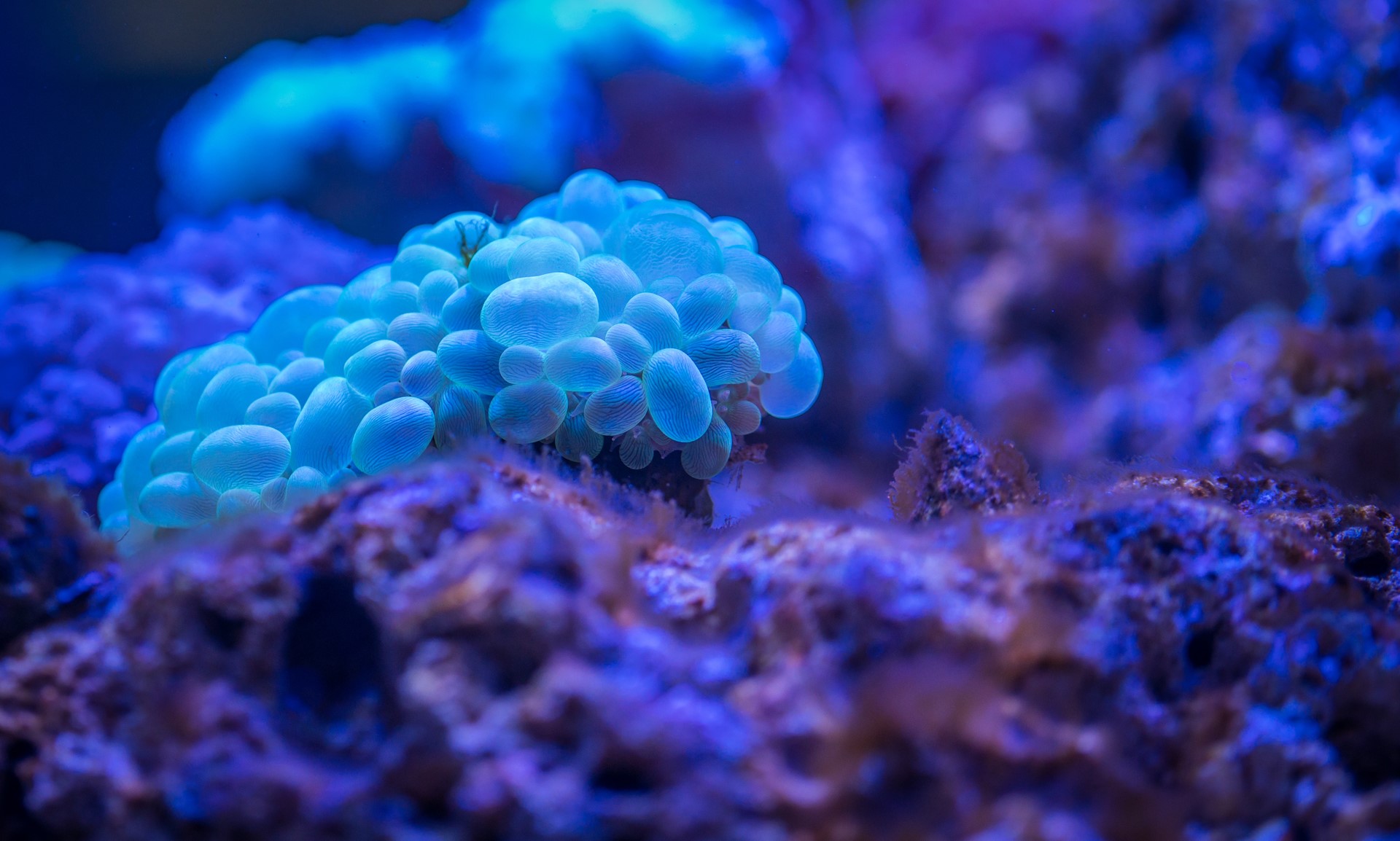Historic high seas treaty set to protect our oceans
06 March 2023

06 March 2023

UN delegates reached this historic agreement late on Saturday night in New York following days of negotiations amid a looming deadline.
Then treaty is key for delivering the 30x30 target outlined at COP15 in December last year. There is now a legal framework in place to put 30 per cent of the world’s oceans into protected areas with further efforts to invest in marine conservation and improve access to and use of marine genetic resources.
There hasn’t been an international ocean agreement since the UN Convention on the Law of the Sea in 1982, which established an area dubbed the high seas; a region of international waters where all nations have the right to fish, ship and research. The problem is that all marine life outside of the protected high seas region has been largely unregulated and, in turn, faces serious risk from climate change and overfishing.
Widespread debate about ocean access, funding and fishing rights has historically interrupted ocean negotiations and slowed the process of getting treaties signed, but UN delegates have pushed for the newest High Seas Treaty to be passed in order to protect previously neglected marine life. Almost two thirds of the ocean that lies outside national boundaries will now become marine protected areas (MPAs).
At present, almost all marine species are at risk of extinction over the next one-hundred years if greenhouse-gas emissions aren’t significantly reduced and vast ocean areas protected. Ocean ecosystems produce half the oxygen we breathe and represents 95 per cent of the planet’s biosphere. Oceans are also great at absorbing carbon, making them the world’s largest carbon sink. Until now, ambiguous and unenforced rules that should have been protecting high seas regions have put marine life at serious risk.
In the protected areas outlined by the treaty, limits on fishing, shipping routes and exploration activities will be put in place. This includes limits on deep sea mining - a process in which minerals are extracted from the sea bed.
The treaty has also addressed a key area of debate between developed and developing nations – how to fairly share marine genetic resources (MGR), such as genetic material of deep sea marine life which could have commercial use in developing medicines, and the profits that come from these. The EU pledged $42m to facilitate the treaty which has been seen as a gesture to build trust between the developed and developing world where tensions often plague UN negotiations.
More than eighty per cent of our oceans are unmapped and unexplored, making it difficult to place rules and regulations on vast areas that are inherently unknown. But the establishment of MPAs and an agreed upon global effort to protect marine life and the systems which depend on it is a landmark victory for the UN and the world.
Share